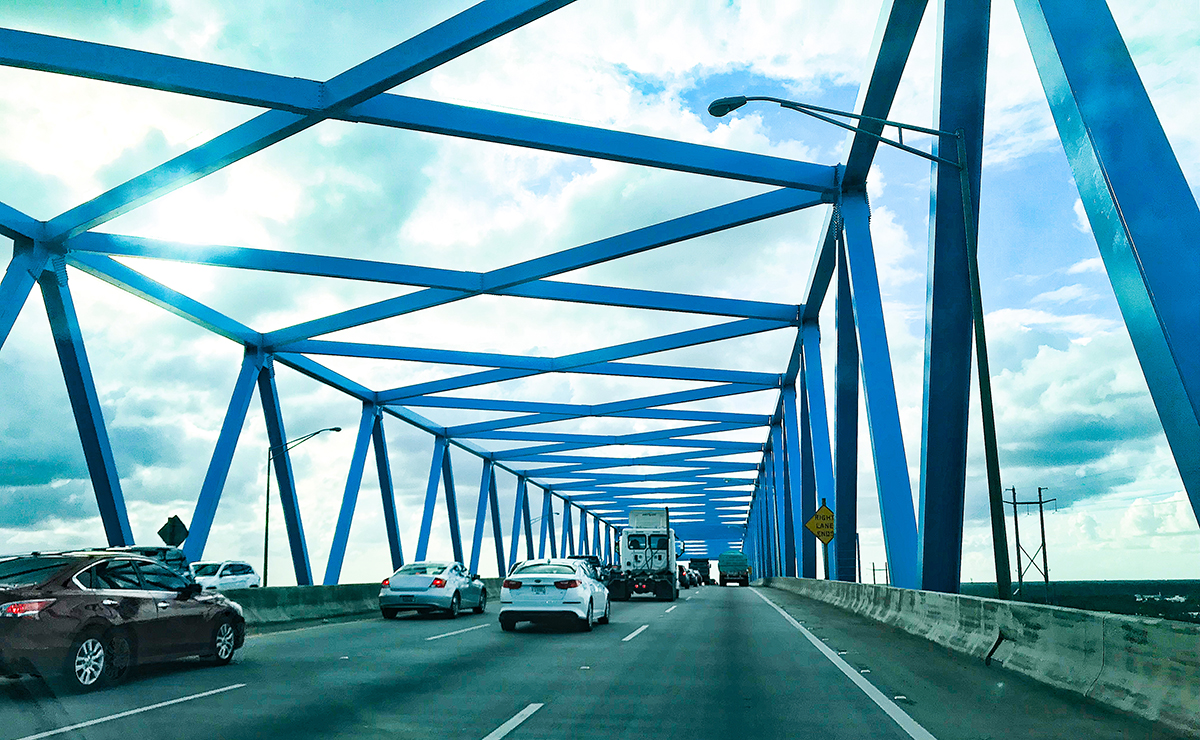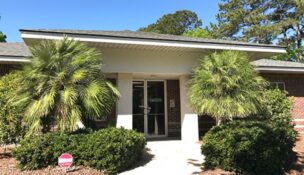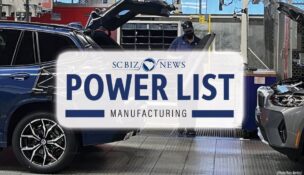State, county greenlight I-526 project
Staff //January 14, 2019//
 State and local officials once again approved a plan to extend Interstate 526 into Johns Island and James Island, meaning the longstanding and controversial infrastructure project is back on track more than a decade after its inception.
State and local officials once again approved a plan to extend Interstate 526 into Johns Island and James Island, meaning the longstanding and controversial infrastructure project is back on track more than a decade after its inception.
The S.C. Transportation Infrastructure Bank, the S.C. Department of Transportation and Charleston County entered into a new agreement to revive the project that would build nearly eight miles onto I-526, past where it ends today at U.S. Highway 17 in West Ashley.
The contract outlines financial responsibilities: the state bank will pay $420 million, and the county will pay the remaining costs.
The S.C. Transportation Infrastructure Bank board voted 5-2 on Jan. 10 to approve the agreement. Charleston County Council followed suit a few hours later, voting 7-2 in favor.
“This is going to be a good day for Charleston County, and really a good day for the state because it’s going to allow the SIB to move forward and perform the function that we’re here to do, and that’s fund road projects all over South Carolina,” said Chip Limehouse, a bank board member and former state representative who has advocated for the I-526 roadway project for years.
Construction is likely years out from beginning though, despite approvals. Lawsuits are possible as the highway faces strong opposition from environmental groups and some residents, and the plan still requires extensive permitting and environmental reviews.
The state and county first approved the plan in 2006, and the state bank set aside $420 million for the project then. As the years went by and progress stalled, construction costs grew to more than $725 million, leaving the county responsible for the remaining costs. The county’s portion will be at least $300 million, if not more. The last cost projections are several years old.
In recent years, bank board members have repeatedly voted to make the $420 million available for other infrastructure project around the state instead, citing the county’s lack of a funding plan. Each of those decisions have been reversed however, including a 5-2 vote in October to revive the project once again — following a 4-3 vote in June to kill it.
Hugh Leatherman, a Republican state senator from Florence and a bank board member, said he is in favor of the project, and the bank will honor its $420 million commitment, but he wants to see the county hold up its end of the financing.
County officials said the main plan is to pay for its portion with money collected from two half-cent sales tax referendums, which were designed to pay for transportation projects. Voters approved a sales tax increase in 2016. Items sold in Charleston County are now taxed 9%, which is expected to generate $2.1 billion over 25 years.
Summey said that work on I-526 will not take funding away from already approved projects, such as the planned bus rapid transit system, greenbelt expansion, new roads near the airport, widening of S.C. Highway 41 or improvements to U.S. Highway 17, for example.
Charleston County Councilman Dickie Schweers, who voted against the project, along with Councilman Henry Darby, said he is not clear how the county has enough money for the project.
Several council members mentioned also applying for federal grants and funds to cover some of the county’s share.
“We don’t have the ability to move people safely on an everyday basis, much less in a crisis. … We have to be able to get folks to and from work and home, every day, safely, and we’re not doing that today,” said Charleston County Councilman Elliott Summey, who voted in favor of the contract.
g

















